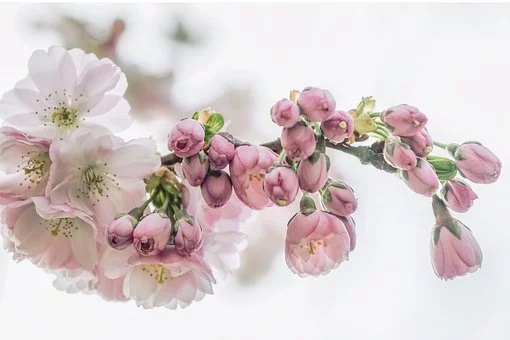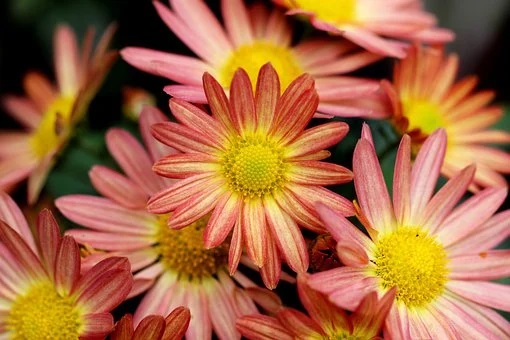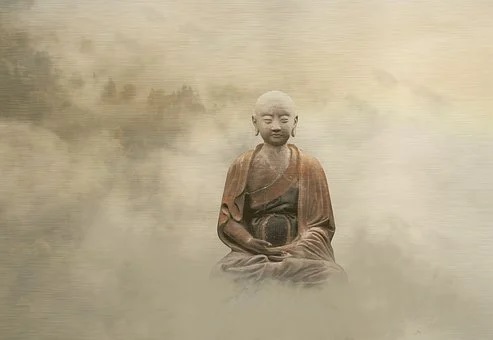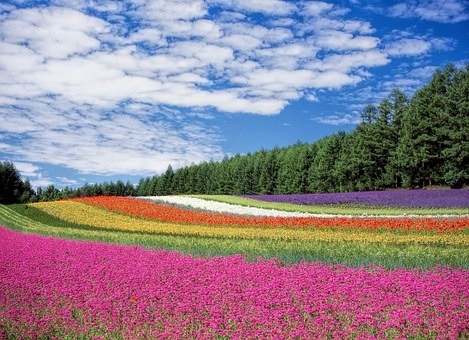Thus, we need to remain highly mindful and keep our conduct disciplined when undertaking any kind of practice. Often enough, upon closer examination, we may find that what appears to be altruistic actually only benefits ourselves. This is true in the case of the five preliminary practices as well as mantra chanting, animal liberation, prostration, etc. In short, if the purpose is to attain liberation just for oneself, no matter how sublime a practice is, it can only be deemed a Theravada practice. Conversely, if there is not one shred of selfish consideration, whatever one undertakes would all be deemed Mahayana practice, be it just reciting the Buddha’s name once or doing one prostration.
~Depicted from THE RIGHT VIEW - The Three Differences











